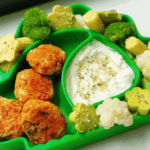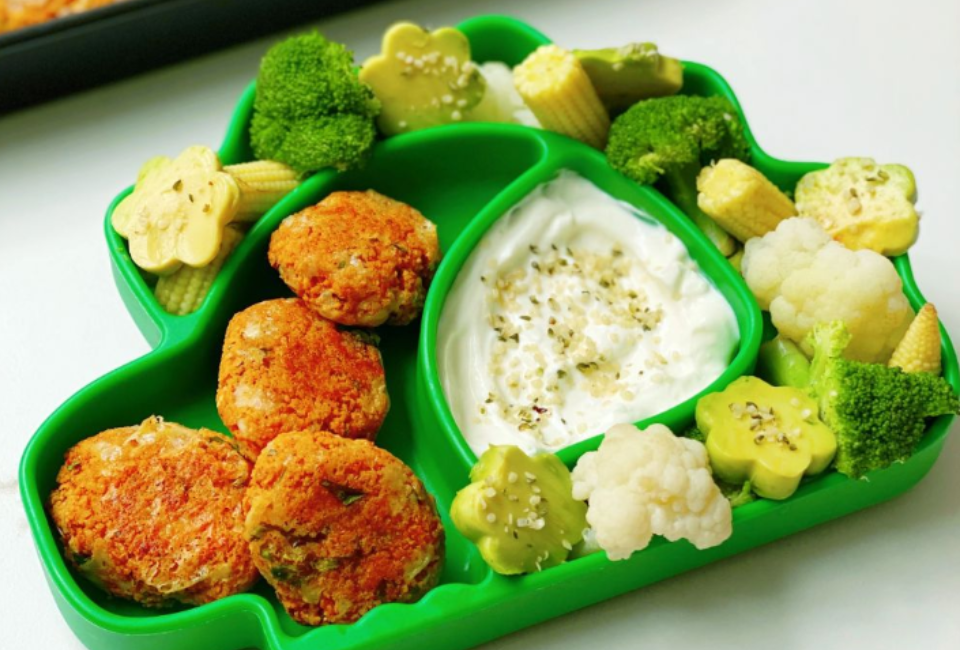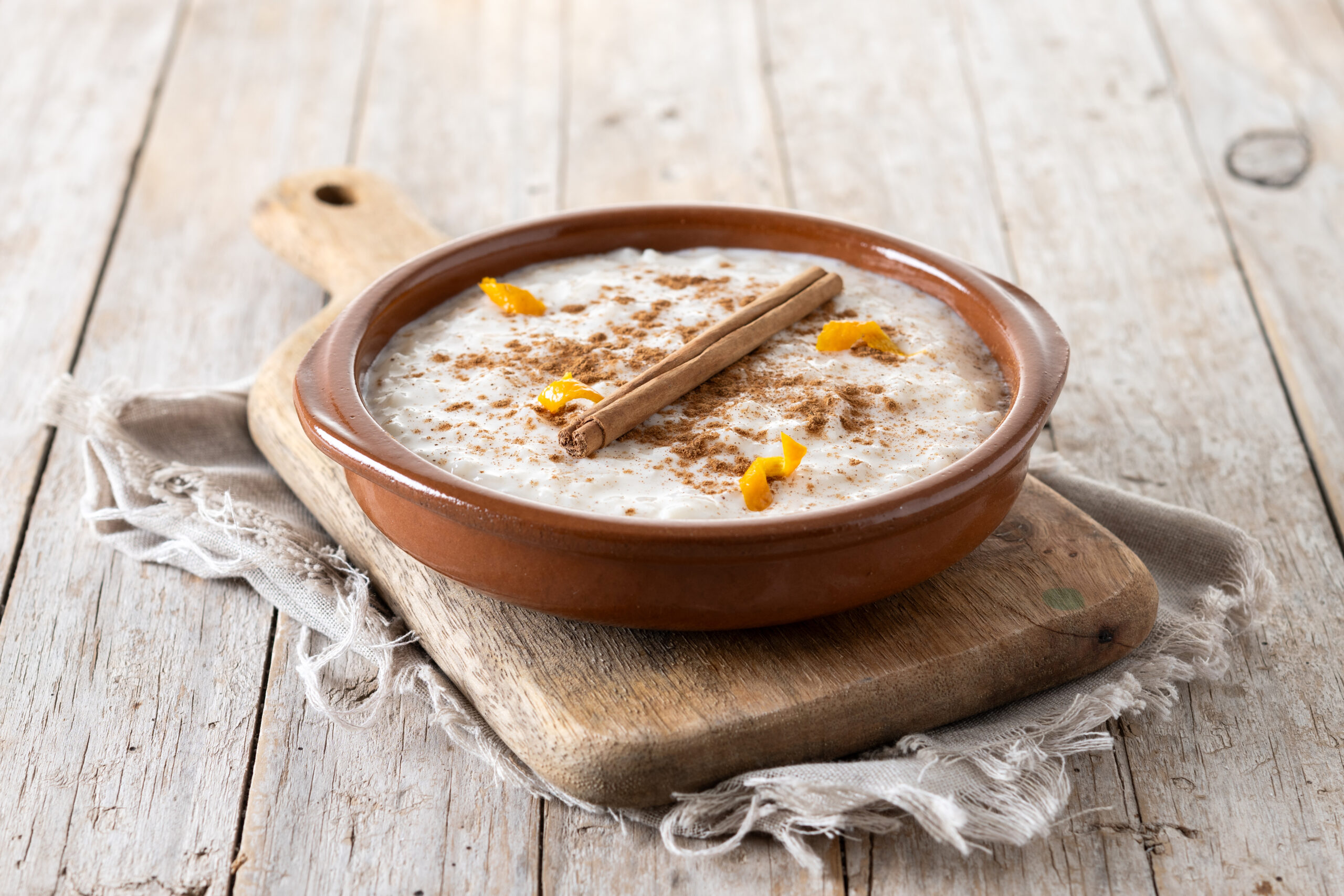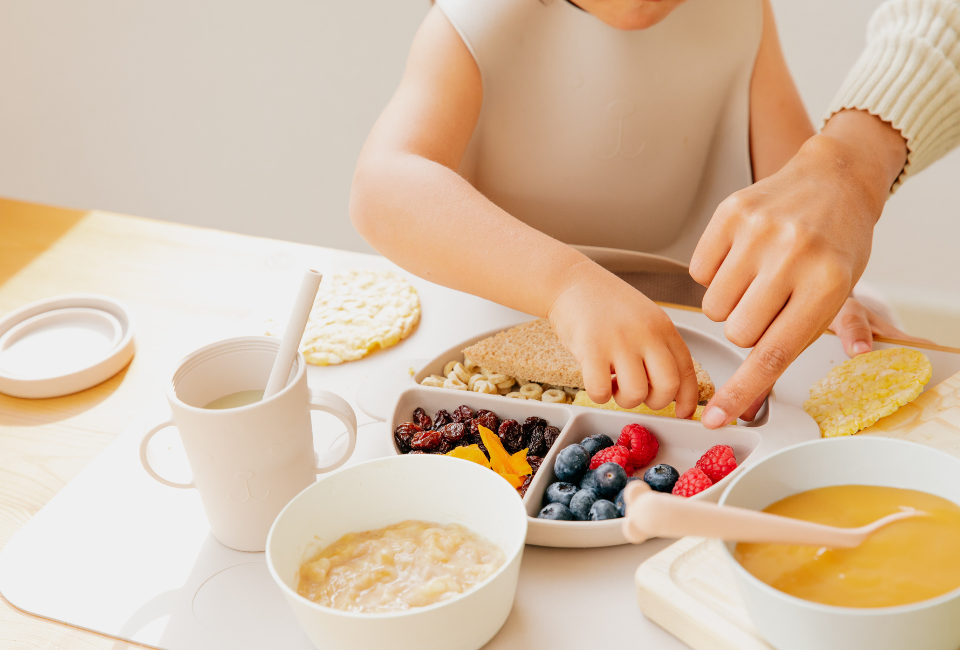
When it comes to meal planning for picky eaters, many parents face the challenge of encouraging their babies to enjoy a variety of foods. If your baby is refusing to eat or showing disinterest in new foods, you’re not alone! I know because I’ve been there! My baby initially had a tough time embracing solids, and it seemed like every meal turned into a battle. I started to worry that this would turn into a long-term struggle with food, but thankfully, with a little patience, experimentation, and a few simple strategies, things got better.
In this article, I’ll share what helped my baby enjoy food more, avoid developing picky eating habits, and learn to love mealtime. These tips are based on my own experiences and insights from other parents I’ve spoken to, as well as expert advice that goes beyond the usual tips you find in every article about picky eaters.
Table of Contents
- Understanding Picky Eating in Babies
- Tips for Successful Meal Planning For Picky Eaters
- 1. Offer a Variety of Foods in Fun, Baby-Friendly Ways
- 2. Introduce New Foods Slowly and Be Patient
- 3. Introduce Finger Foods Early
- 4. Sweets and Treats: Handle with Care
- 5. Use Flavor Pairings
- 6. Make Mealtime a Positive, Relaxed Experience
- 7. Short Mealtimes and Flexibility
- 8. Involve Your Baby in Mealtime
- 9. Consistency is Key
- 10. Don’t Stress Over Messes
- 11. Provide a Calm and Safe Eating Environment
- Why It’s Okay for Babies to Reject Food Occasionally
- Encouraging Healthy Eating Habits Without Pressure
- FAQ:
Understanding Picky Eating in Babies

Before diving into the solutions, it’s important to understand that picky eating is very common in babies. Between six months and two years old, babies are learning new textures, tastes, and eating skills. This is a crucial stage of their development, and it’s perfectly normal for them to reject some foods, especially if they’re introduced too quickly or if the texture is unfamiliar.
However, how we handle food refusal during this time can set the tone for the future. It’s important not to pressure babies to eat, but also to help them stay open to trying new things.
Tips for Successful Meal Planning For Picky Eaters
We began our baby’s diversification journey at 4 months, but let me make it clear: we didn’t start offering her food at this stage. Instead, we simply took her with us during mealtimes. I’m talking about sitting at the table with us and letting her watch us eat. I didn’t give her any food just yet, but I could see how curious she was about what we were eating.
Even though she showed all the signs of being ready for solids (like sitting up with support, showing interest in food, and reaching for things), we waited another two months before we actually offered her solids. I know it might seem tempting to jump right in when they’re showing interest, but waiting those two months allowed her curiosity to grow even further. If you’re unsure about when to start solids, make sure to check out my article on baby readiness for solids, where I go deeper into the signs to look for before introducing solids to your baby.
When we finally started offering her food, she took it right away with no hesitation, and I truly believe that waiting and building that curiosity first made a huge difference in how she responded to solids.
Through trial and error (and lots of patience!), I learned a few key strategies that really helped my baby enjoy eating and prevented him from becoming a picky eater.
1. Offer a Variety of Foods in Fun, Baby-Friendly Ways
When my baby rejected food, I realized that variety was key. Babies are curious little beings, and introducing a wide range of flavors and textures keeps things exciting for them. I started offering different colors and shapes of food, making mealtime more engaging by creating fun food shapes (like tiny carrot stars) or arranging the food in visually interesting patterns on the plate.
For example, I would offer mashed sweet potatoes one day, soft cooked carrot sticks the next, and a variety of fruits on another day. This helped her develop an interest in new foods without feeling overwhelmed. The key is not to rush it, but to keep offering the same food in new forms and combinations.
2. Introduce New Foods Slowly and Be Patient
I’ve learned that it’s better to introduce new foods slowly, one at a time. The first few times I gave my baby something new, she would look at it suspiciously and push it away. But, over time, she became more comfortable with different tastes and textures. Now, when I add a new food to her plate, I make sure to mix it with something she already likes so it’s less intimidating. Patience and consistency are the keys to successfully feeding a picky eater. Keep offering a range of foods while observing your baby’s preferences and growth
3. Introduce Finger Foods Early
Many parents wait until their baby is a little older before offering finger foods, but you can introduce soft finger foods like ripe avocado, steamed carrots, or soft fruit early on (around 6-7 months). Allowing babies to feed themselves builds their confidence and curiosity about food. It also lets them decide how much they want to eat, which can reduce the stress around mealtimes and prevent pressure on them.
4. Sweets and Treats: Handle with Care
Offering sweets occasionally isn’t bad, but be cautious about using them as a reward. This can lead to unhealthy associations and behavior around food
What to Do: If you do offer a small treat like a cookie, try to serve it alongside the meal or at the end without attaching a condition to it. This helps teach your baby that treats are a part of the meal but not the focus. Over time, your baby may even start to reach for the healthier foods first!
5. Use Flavor Pairings
One effective approach in planning meals for picky eaters is to introduce new foods slowly, making sure to pair them with familiar favorites to keep mealtime stress-free. For example, if your baby loves sweet potato puree, try mixing it with a bit of carrot or pea puree. Gradually introducing new flavors alongside favorites helps your baby explore new tastes without overwhelming them. Pairing different colors and textures also makes food more visually appealing and interesting.
6. Make Mealtime a Positive, Relaxed Experience
There were days when mealtime felt like a struggle, especially when my baby was refusing food. But I quickly realized that trying to force her to eat or getting upset would only make the situation worse. Instead, I made mealtime fun and relaxed. I’d stay calm, smile, and even laugh when she made funny faces at the food. I tried to show her that mealtime was something to look forward to.
7. Short Mealtimes and Flexibility
Some babies have a low tolerance for sitting still for long periods, which can lead to picky eating behaviors. Keeping mealtimes short and flexible can help your baby stay more engaged.
- What to Do: Keep mealtimes brief, around 10-15 minutes. If your baby shows signs of being finished or restless, let them get up and move around. You can also offer healthy snacks that are easy for them to access throughout the day to keep them satisfied until the next meal.
8. Involve Your Baby in Mealtime
Sometimes, the best way to get your baby excited about food is by involving them in mealtime preparation. This could mean letting them touch and explore the food before eating. My baby loved to “help” by touching his food with his hands. Letting them explore and touch food in their own time helps them become familiar with it and can ease the transition to solids.
9. Consistency is Key
Another thing I found helpful was maintaining a consistent feeding schedule. Babies thrive on routines, and having regular meal times helped my baby get used to the idea of eating and to understand that food is an important part of their day.
10. Don’t Stress Over Messes
Babies are messy eaters, and that’s completely normal! Let them explore the food, even if it ends up all over the place. The goal is not to make a perfect, clean meal; it’s to help them become comfortable with food. Don’t stress over the mess—it’s part of the learning process, and it’s a sign that your baby is becoming more engaged.
11. Provide a Calm and Safe Eating Environment
Creating a calm mealtime environment is essential. Babies can become overstimulated if there’s too much happening around them during mealtime. Keep distractions to a minimum (like turning off the TV or keeping toys out of reach) and focus on making mealtime a peaceful, pleasant experience. Babies are more likely to eat when they feel safe and relaxed.
Why It’s Okay for Babies to Reject Food Occasionally
If your baby is rejecting food, it doesn’t mean they’re going to be a picky eater forever. Remember, babies are developing their senses, and they might just need time to get used to the new textures or flavors. The key is to offer a wide variety of healthy foods over time, even if they turn away from them at first.
What matters most is that you maintain a relaxed and pressure-free environment during mealtimes. The more enjoyable the experience, the more likely your baby will develop a positive relationship with food.
By using these strategies for picky eaters, you’ll be more likely to help your baby develop healthy eating habits that last a lifetime.
Encouraging Healthy Eating Habits Without Pressure
It’s important to know that forcing a baby to eat is never the right approach. Instead, I recommend creating an environment where your baby feels safe to explore food at their own pace. This will help prevent them from developing negative associations with eating.
Try to stay patient, keep a positive attitude, and avoid labeling them as “picky.” Every baby is different, and it’s completely normal for some babies to take a little longer to get comfortable with solids.
Dealing with picky eaters can be tough, but I’d love to hear about your experiences! Have you tried any of these tips? Or do you have other strategies that helped your baby embrace solid foods? Please share your thoughts and stories in the comments section below. Let’s help each other out and support each other during this stage!
FAQ:
Q1: What should I do if my baby refuses food multiple times?
A1: It’s normal for babies to reject food sometimes. If your baby refuses food, try not to take it personally. Offer the same food again in a different form or mix it with a familiar favorite to encourage them to try it. It can take several attempts before your baby feels comfortable with a new food.
Q2: When should I worry about my baby being a picky eater?
A2: If your baby is refusing food consistently and is not gaining weight, or if you notice signs of nutritional deficiencies (like pale skin or tiredness), it may be time to consult your pediatrician. Otherwise, occasional food refusal is part of the normal process of introducing solids.
Q3: Can I still breastfeed if my baby is picky about solids?
A3: Yes, absolutely! Breastfeeding or formula feeding should still be your baby’s main source of nutrition until about 12 months. Solids are meant to complement, not replace, breast milk or formula during this stage.
Q4: How do I handle a baby who only wants to eat one type of food?
A4: Try not to pressure them. Keep offering a variety of foods, but give your baby plenty of time to adjust. A gradual introduction of new foods alongside the familiar ones can help prevent them from becoming too dependent on one food.
















Leave a Reply